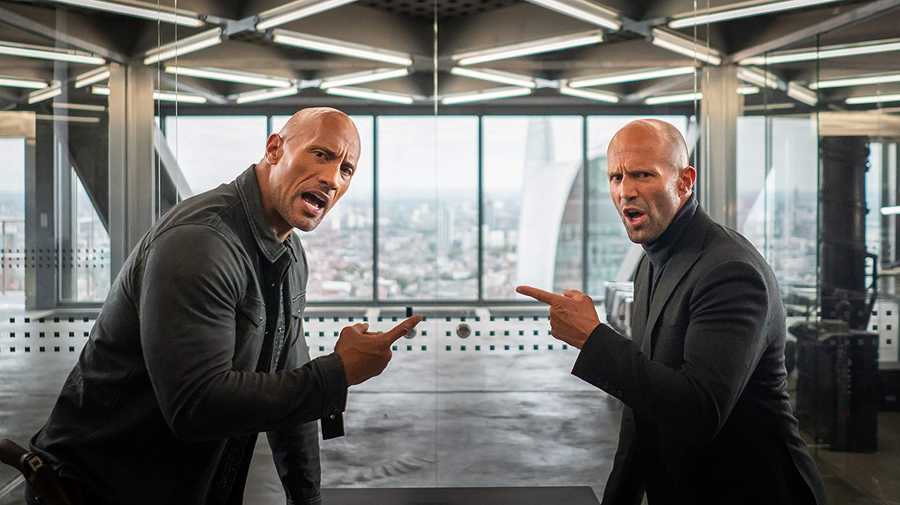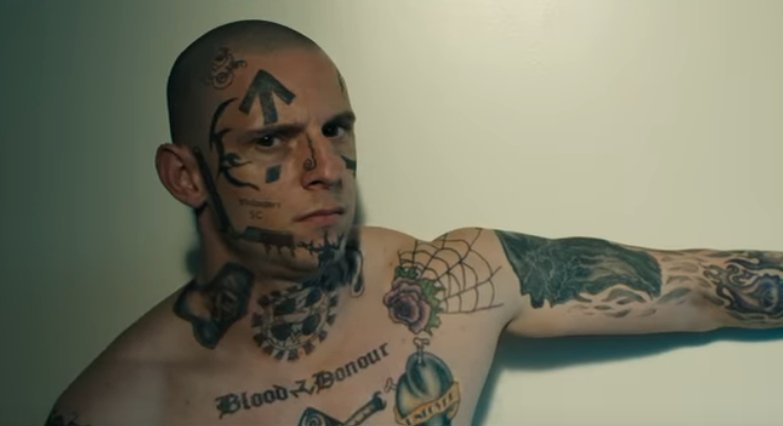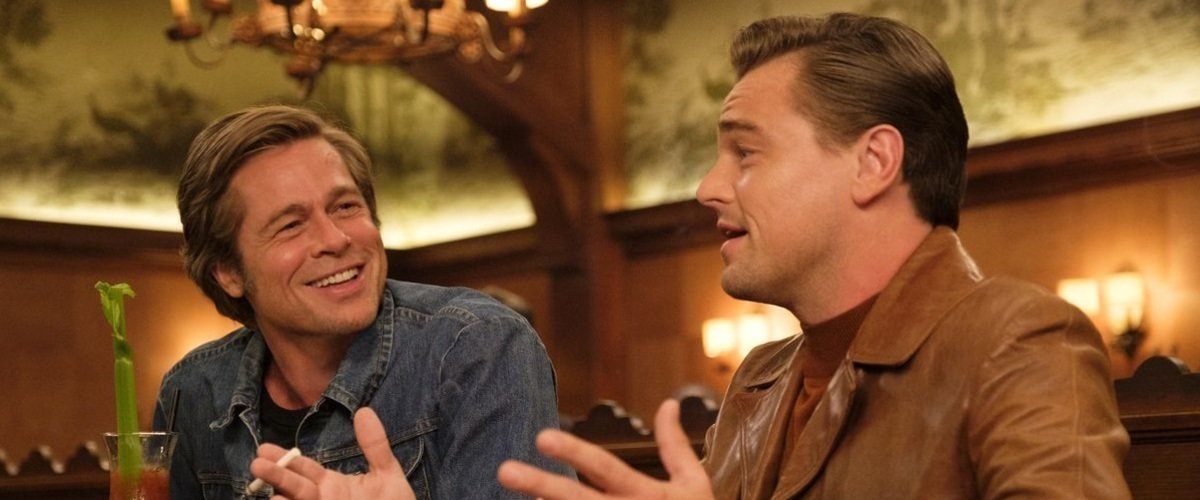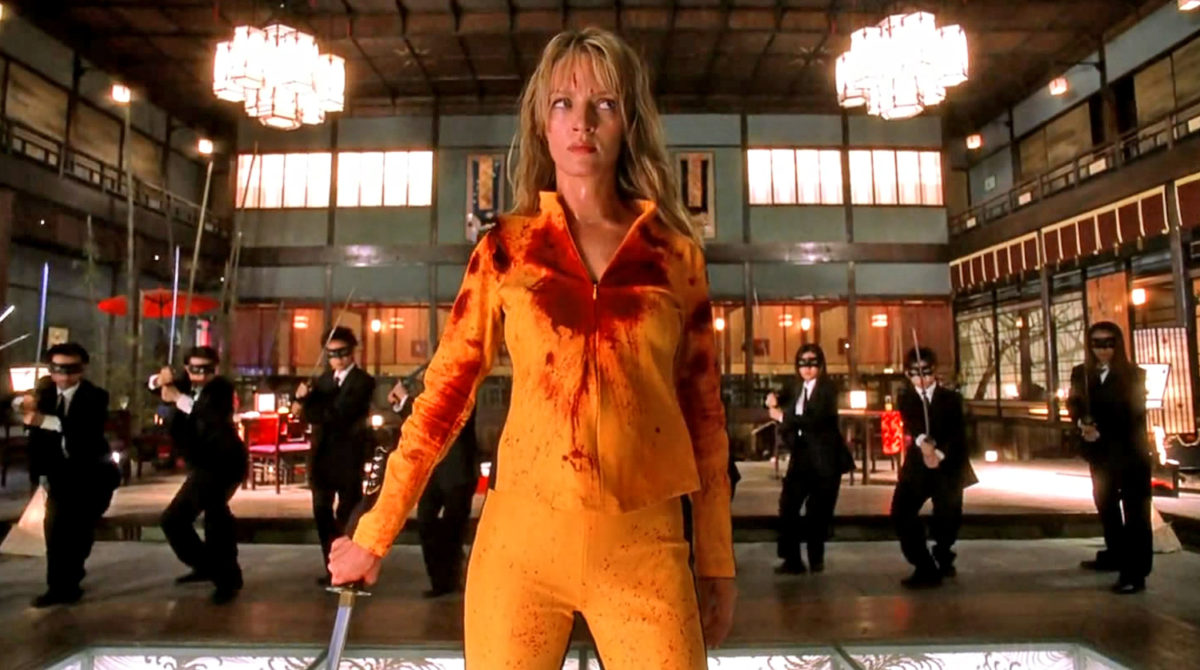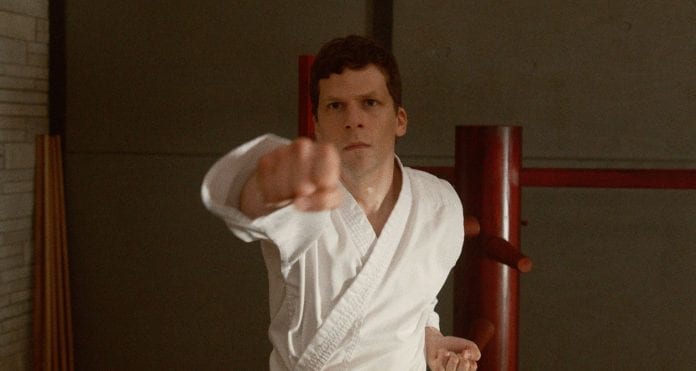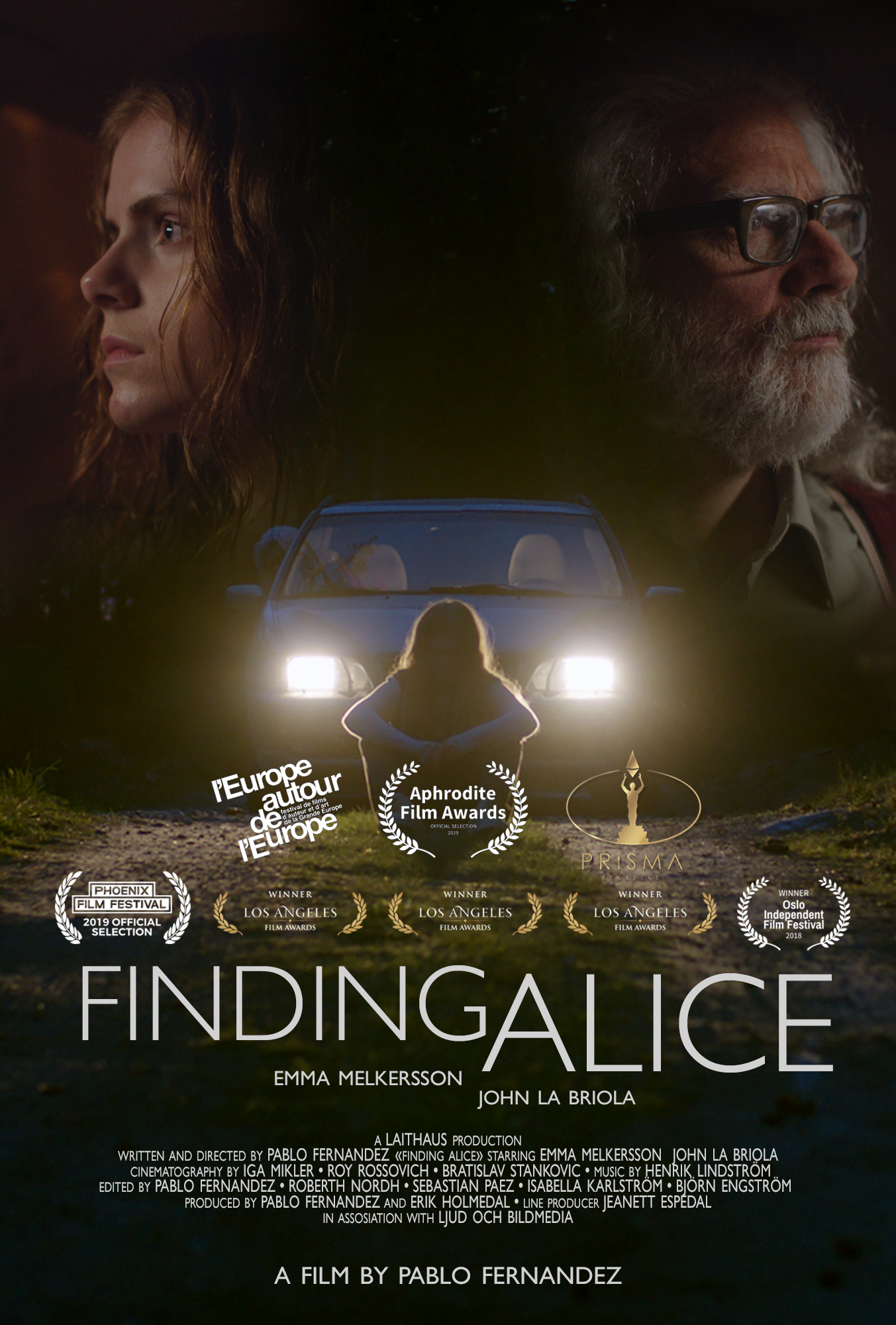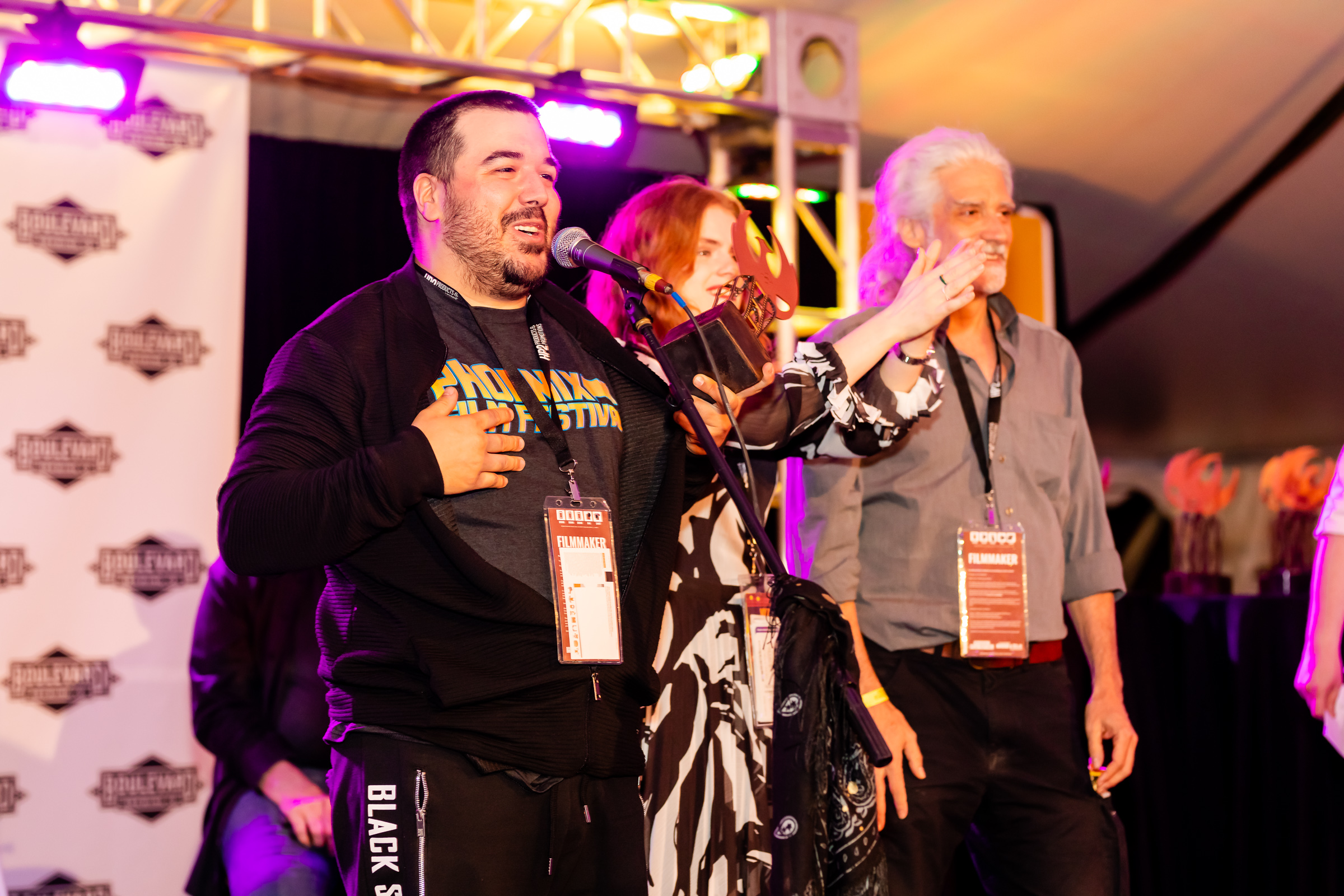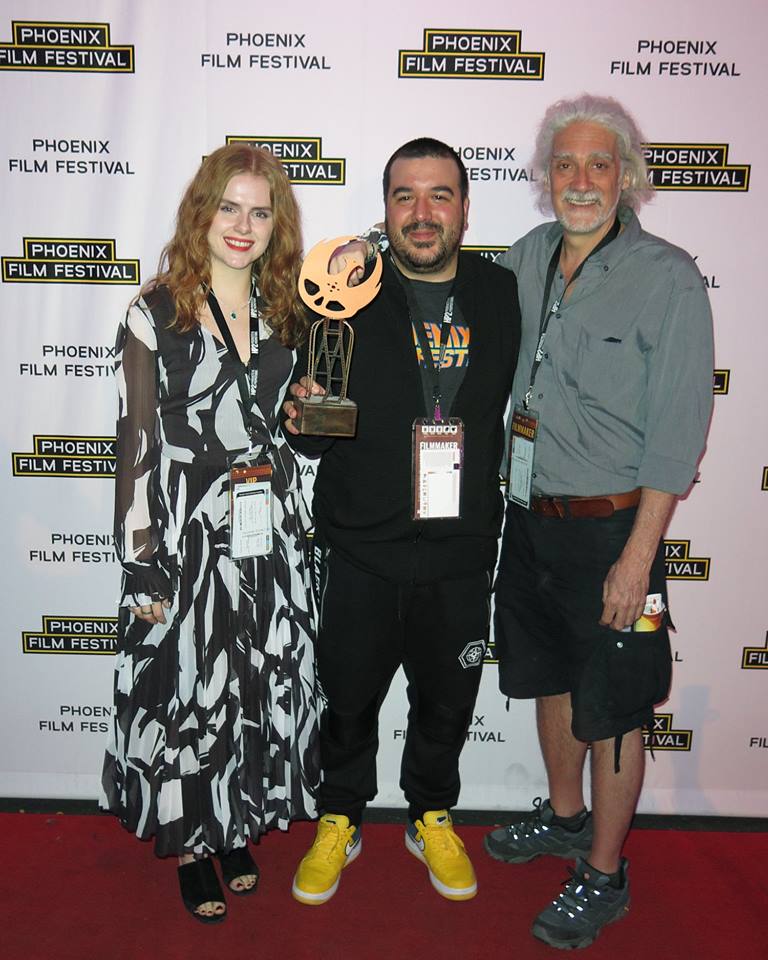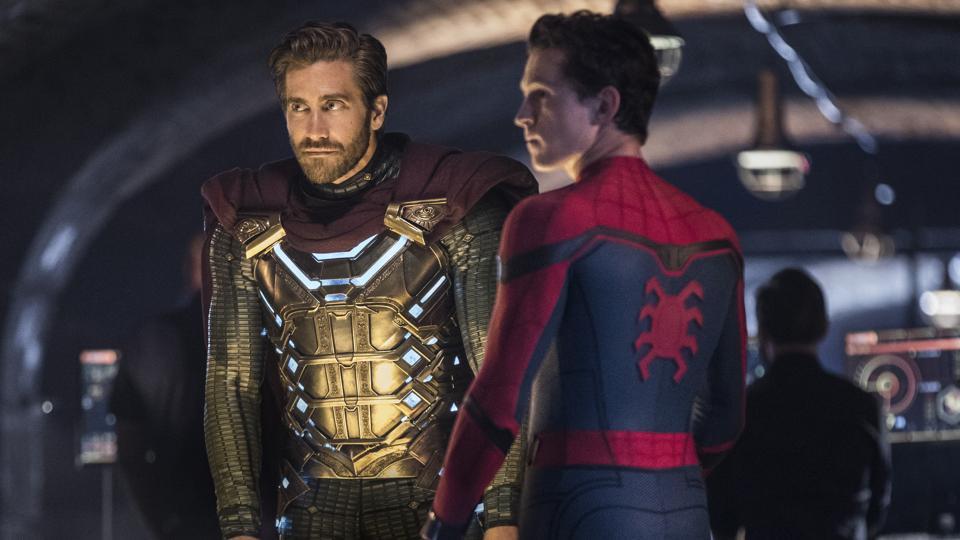Photo Credit: Vince Valitutti / © 2018 Paramount Players, a Division of Paramount Pictures. All Rights Reserved.
‘Dora and the Lost City of Gold’ earns a sizable pile of silver
Directed by: James Bobin
Written by: Matthew Robinson and Nicholas Stoller
Starring: Isabela Moner, Eugenio Derbez, Michael Pena, Eva Longoria, and Jeff Wahlberg
“Dora and the Lost City of Gold” – Homeschooling kids has been a modern-day topic in suburban households for years. Certain families may have the resources and aptitude to teach reading, writing and arithmetic - and throw in sex education and dodgeball for good measure - to their children that may prove as effective as public schools. The advantage, of course, is a familiar home-environment insulates kids from the disruptions and distractions in the hallways, playgrounds and cafeterias that can cloud learning. Then again, confronting anxieties - and the people who contribute to them - at a young age can only help prepare young minds for adulthood-complications.
In 2016’s “Captain Fantastic”, a father (Viggo Mortensen) homeschools his six children, as they all live off the grid in the woodsy Pacific Northwest. The kids speak multiple languages, recite the intricacies of U.S. history and live off the land like Swiss Family Robinson, however, socializing with others might feel as awkward as playing tennis in a tuxedo and wingtips. When the oldest sibling (George MacKay) proposes to a random girl after 15 minutes of courtship, the verdict – in this case - is in. So, perhaps this dad can’t teach his kids everything.
In “Dora and the Lost City of Gold”, Cole (Michael Pena) and Elena (Eva Longoria) are all-around fantastic and loving parents to their daughter Dora (Isabela Moner). Dora is an off-the-charts brilliant kid with a bright, positive outlook, but since her professor-parents raised her in South American isolation, wearing a boa, actually means, wearing a boa constrictor.
When Cole and Elena plan to explore Peru to search for Parapata (the Lost City of Gold), they decide to send Dora on an equally foreign journey: to temporarily live in Los Angeles with her aunt, uncle and cousin Diego (Jeff Wahlberg), who she hasn’t seen in 10 years.
Dora – who regularly breaks into song, finds bustling crowds at the airport fascinating, carries a flare gun in case of emergencies, and looks at every moment as an opportunity to learn or share joy – immediately stands out at Silverlake High School, and she is the source of Diego’s embarrassment, who just tries to get through his schooldays without incident or fanfare.
If you do not know Isabela through her recent appearances in “Sicario: Day of the Soldado” (2018) or “Instant Family” (2018), you might become a new fan. She brings a never-ending, compelling exuberance to the world-famous animated children’s character, and rather than existing as an elementary school-age kid, this live-action teenager offers a more palatable tale – of dodging high school obstacles and the Peruvian wilderness - for adults. Just think back to “Star Wars: Episode I - The Phantom Menace”, as George Lucas inexplicably forced Star Wars fans to experience 9-year-old Anakin Skywalker’s adventure. The horror; the horror.
This well-intentioned and prepared teen leads Diego and two classmates on the outing of a lifetime to find her parents and the aforementioned lost city, while dodging dangerous wildlife and cartoonish mercenaries. Director James Bobin’s light comedy with a primarily Latino cast – including Eugenio Derbez, Benicio Del Toro and Danny Trejo - has an upbeat tone and enough Indiana Jones-like sequences to fill 102 minutes. Plus, for those who enjoyed (or currently relish) “Dora the Explorer” (2000 – 2019), you will most likely accept this story straightaway.
For parents, you may not consider an immediate move to South America, but score one point for homeschooling children.
(3/4 stars)
Jeff – a member of the Phoenix Critics Circle – has penned film reviews since 2008, graduated from ASU’s Walter Cronkite School of Journalism and is a certified Rotten Tomatoes critic. Follow Jeff and the Phoenix Film Festival on Twitter @MitchFilmCritic and @PhoenixFilmFest, respectively.



